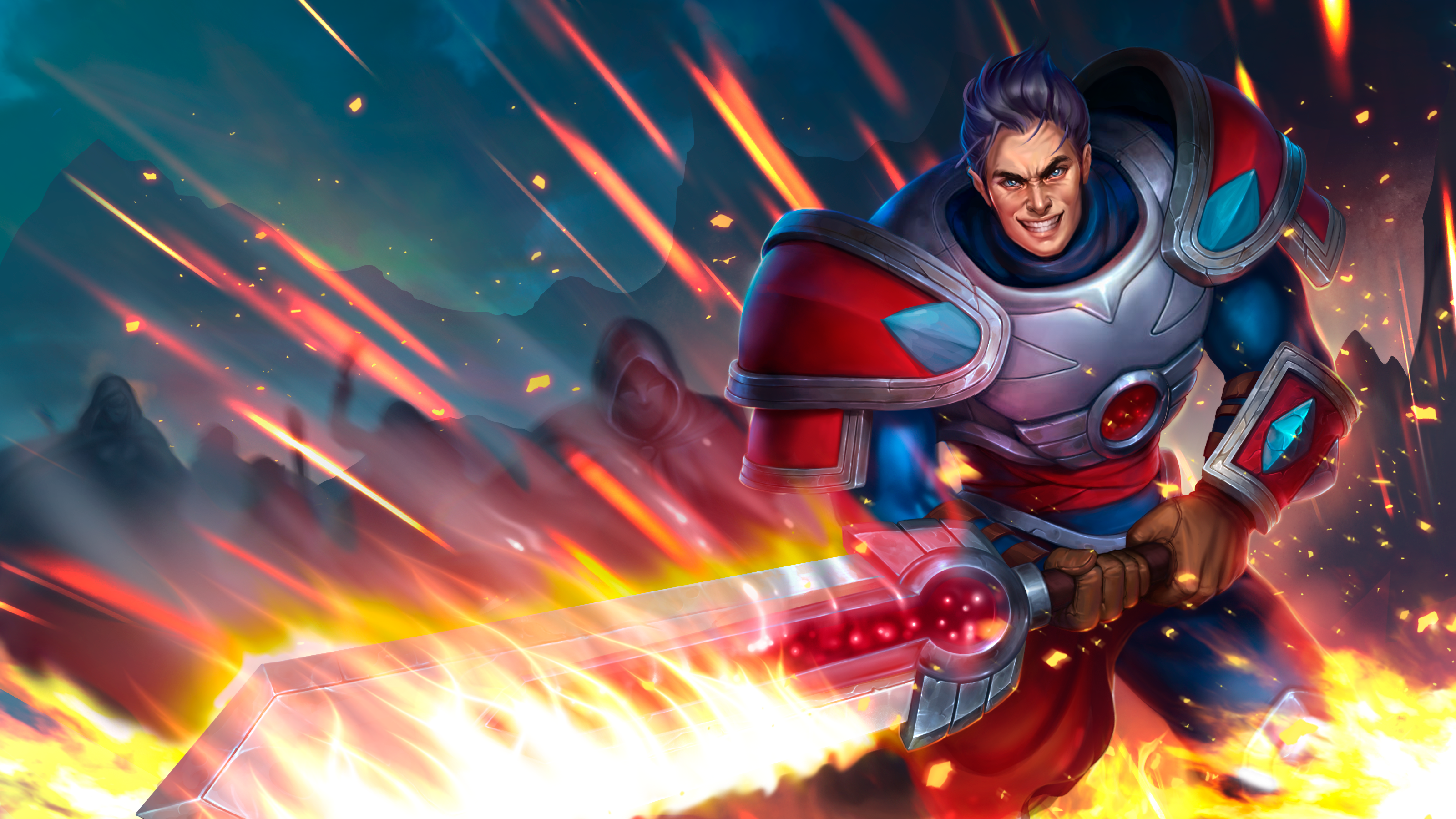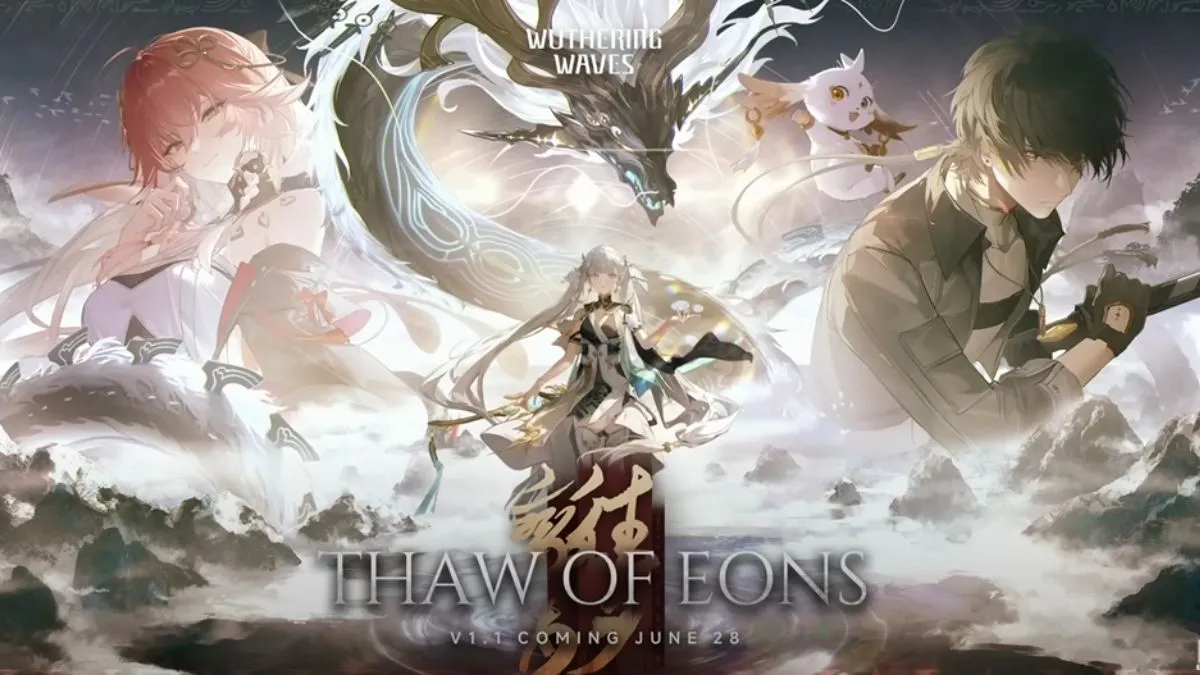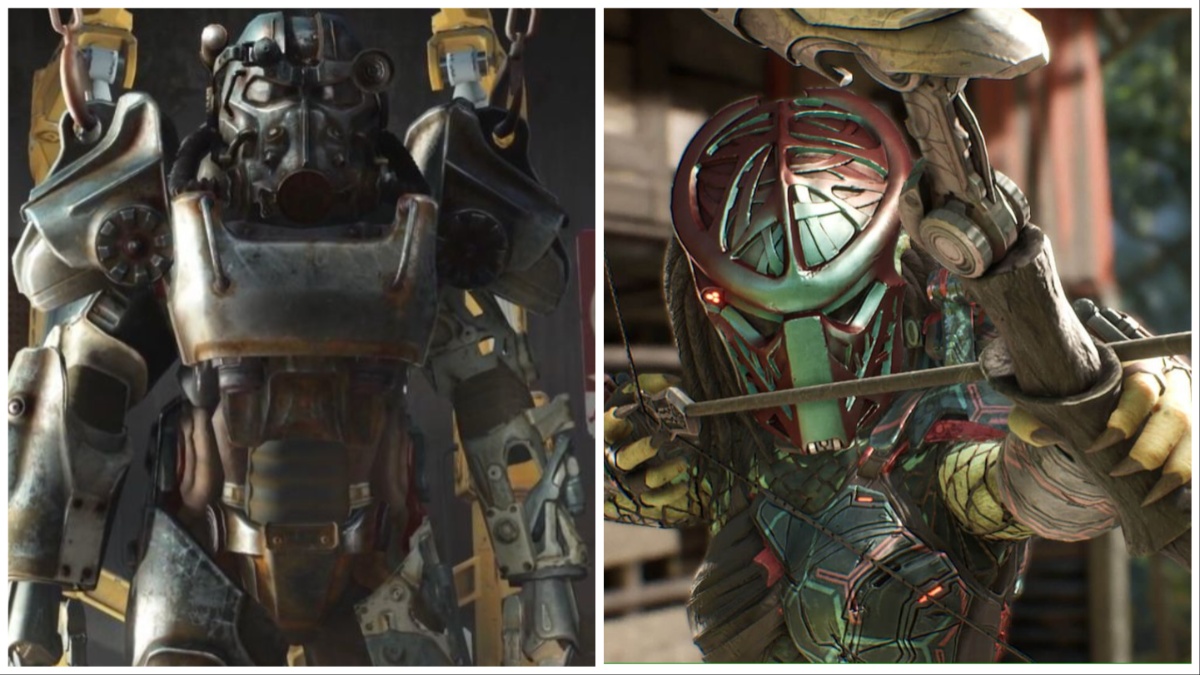A decade after my first steps in Tamriel, and over a year after the announcement of The Elder Scrolls Online, I finally got my first in-depth look at ZeniMax Online Studios’ upcoming MMORPG at QuakeCon 2013 in Dallas.
My two-hour play session was enough to get me through the first area for the Ebonheart Pact, so this piece won’t cover endgame, dungeons, PvP, or crafting. I can only report on what I saw through those first five-ish levels of gameplay. And what I saw was better than I expected.
I’ll admit it: I’m a pretty exuberant Elder Scrolls fanboy. Nevertheless, I’ve been skeptical of what TESO will offer and how it will be presented. Will it feel like an Elder Scrolls title? Will it be more like an MMO? Can it offer both and please players on both sides of the fence?
The tl;dr answer: I think it can.

A matter of character
I chose to create a nord dragonknight for my first character. You’ve probably heard from ZOS that your class is “just a beginning” when determining what kind of character you’ll play, but I didn’t quite grasp what that meant until I had the chance to really look at my skills and my potential unlocks.
Think of each “choice” you make as giving you access to a set of skills. As a nord (race), I had access to a few passive skills. As a dragonknight (class), I got some active skills. Those two choices are unchangeable, but each class comes with three skill “families.” Broadly, it looked like the dragonknights were based around tanking, DPS, and support.
Then I decided to take up a one-handed weapon and shield, which offered different skills than if I’d been using a two-handed weapon, bow, staff, etc. Finally, my armor choice – light, medium, or heavy – gave me access to more passive skills. If I change armor or weapons, I’ll get different skills. I was also told that later choices, such as which guild to join or whether to become a vampire or werewolf would offer more skills.
So, to put it simply, there are literally hundreds of different skill combinations for each character, all based on the choices you make in character creation and development. My nord (1) dragonknight in the tanking tree (2) with a one-handed weapon and shield (3) wearing heavy armor (4) in the Fighters’ Guild (5) is far removed from your argonian (1) dragonknight specializing in support (2) with a restoration staff (3) wearing light armor (4) and being a member of the Mages’ Guild (5). Even though we’re both dragonknights, our builds and roles are dramatically different.
Now, will the bulk of these unusual builds be viable? I played the nord dragonknight spec mentioned in the previous paragraph but also theorycrafted the “ranged magic support” build, and thought it might just be viable. Still, the class seemed primarily melee-focused, and many players are still going to gravitate toward your typical roles of sword-and-board tank, sneaky-stabby rogue, robe-wearing mage, etc., dismissing anything other than a totally focused, one-role build as inefficient.
With four-person parties being the norm, though, you might have to be a little more versatile than in most MMORPGs that offer larger parties. At level 15, you’ll also have the ability to swap weapons and skills (though not armor) on the fly. It’ll take time and a lot of experience to get a full notion of exactly which kind of builds work and which ones don’t, but it’s a system with potential.

You – You’re the hero of Bleakrock!
On to actual gameplay! The first indication I had that I was playing an Elder Scrolls game was that, in the first building I was directed to, instead of talking to the NPC to advance things, I went immediately to the bookshelves and started reading. Oh, and there’s a note, let’s see what that says… and is there anything in that container…
No! Stop! I’ve only got two hours! Must… advance… story…
The questing and exploration experience felt most distinctly like a single-player Elder Scrolls game, specifically Skyrim, from which the graphics and minimal interface seemed to have been directly ported. It wasn’t hard to imagine that I was playing a piece of Skyrim DLC – except for the other people running around, of course.
After uncovering an Aldmeri plot to attack the island, I was sent out to find 15 wayward villagers before we all evacuated the island. The only quest marker I had was to talk to the soldier in charge of the village to begin the evacuation, so to find other people, I had to – gasp! – wander the island and look for them. Eventually I’d find a person with a marker over his or her head who would send me off to do some rescue-related subquest, like finding villagers who had been turned into skeevers and changing them back. Imagine that – saving rats for a quest instead of killing them!
Sure, it takes a little longer to wander around the island and find people than it would if I had quest markers pointing me to everything and everyone. If you can’t deal with a little exploration, go back to your everything-in-a-quest-hub game instead of coming to this one and complaining about having to poke your nose out of town to find things to do.
I asked the devs what the impact would be of finding more or fewer villagers. They said there were none (apart from the subquest rewards), except that you’d continue to see these characters throughout your in-game lifetime. They don’t help you max out your numbers or make you more uber at level 50. You can just choose to save them or not.
Owing to time constraints, I stopped at nine, and watched them file by in brief cut scenes during the evacuation. (Yes, I said, “GET TO THE CHOPPA!”) We wound up on the coast of mainland Morrowind, and I only took a quick look around to make sure it was still as creepy as ever before my time was up.

To Battle!
If the questing and exploration felt more Elder Scrolls than MMO, the combat was a mix of both. There are the typical TES controls: left click to attack, hold left click for a power attack, right click to block. You can also dodge roll with a double-tap of a movement key.
The thing is – wizards and dragons aside – single-player Elder Scrolls games have fairly “realistic” combat. You don’t leap 20 feet to attack someone, you don’t teleport behind them to stab them in the back, archers don’t have a rapid-fire AOE move, etc.
Those are all hallmarks of an MMO, however, and are the types of moves you’re likely to find in The Elder Scrolls Online. These powers are found on your six-slot hotbar, which come primarily from your class or your weapon. I went with a typical tanking spec and in short order had a pull skill (from my class) and an aggro/debuff skill (from my weapon). After I found a magical two-handed weapon, I learned a melee sweep attack that hit three foes in front of me, which replaced my other weapon skill.
Enemies also had such attacks, in addition to their basic “clicking” attacks, and MMO players should feel right at home with the “don’t stand in a red circle” mechanics. Still, they felt a little out of place in an Elder Scrolls game and were the only point at which I truly noticed the difference. Does that count as “breaking immersion”?
I think the “MMO style” has an impact on my feelings toward first-person view. I tried it for a while, and it seemed to work fine against single foes, but when enemies were all around me, it seemed less than optimal. Later, when you have to deal with advanced movement skills, multiple PvP opponents, more red circles, etc., I don’t really think it’ll be a viable option. It’s an idea that works fine in the single-player games but not so well in the MMO.
Watch live video from Bethesda on TwitchTV
Redguarded optimision
Going back to the start of this article: Is The Elder Scrolls Online something that can please both fans of the series and MMO fans in general? The success of the game likely hinges on that very important question.
Again, I’ll stress that I only played for two hours, so I don’t know everything about the game and I don’t think that I can really answer the “MMO” part of that question. Apart from occasionally encountering other players and taking down some baddies together, I didn’t do any serious grouping, and I have no idea what the endgame or other multiplayer aspects of the game look like. The mechanics seem sound enough, there are a ton of potential builds to explore, and the dungeon stream from QuakeCon looked fine, if not jaw-dropping.
That said, apart from that odd blended combat feeling I mentioned in the last section, the game really did feel like an Elder Scrolls game. If you loved Skyrim, you should feel right at home in The Elder Scrolls Online. Sure, there are a few concessions made to the MMO genre – you couldn’t attack every NPC or loot every container, there are no physics and no crime, etc. – but the team’s done a good job of re-creating the TES feel in an MMO – better than I really thought they could.
Will The Elder Scrolls Online be the be-all and end-all to MMOs? Will it make people abandon whatever they’re playing and flock to it? I wouldn’t call it revolutionary but, at least in what I saw, it’s far closer to that “Skyrim Online” experience that we all pined for and less like just another World of Warcraft clone. And that should be good enough to attract a legion of fans.






Published: Aug 3, 2013 06:27 pm